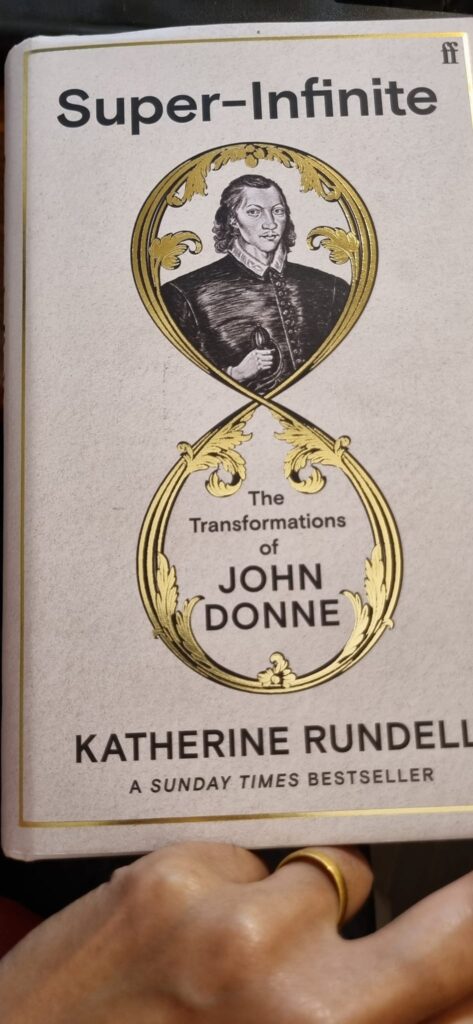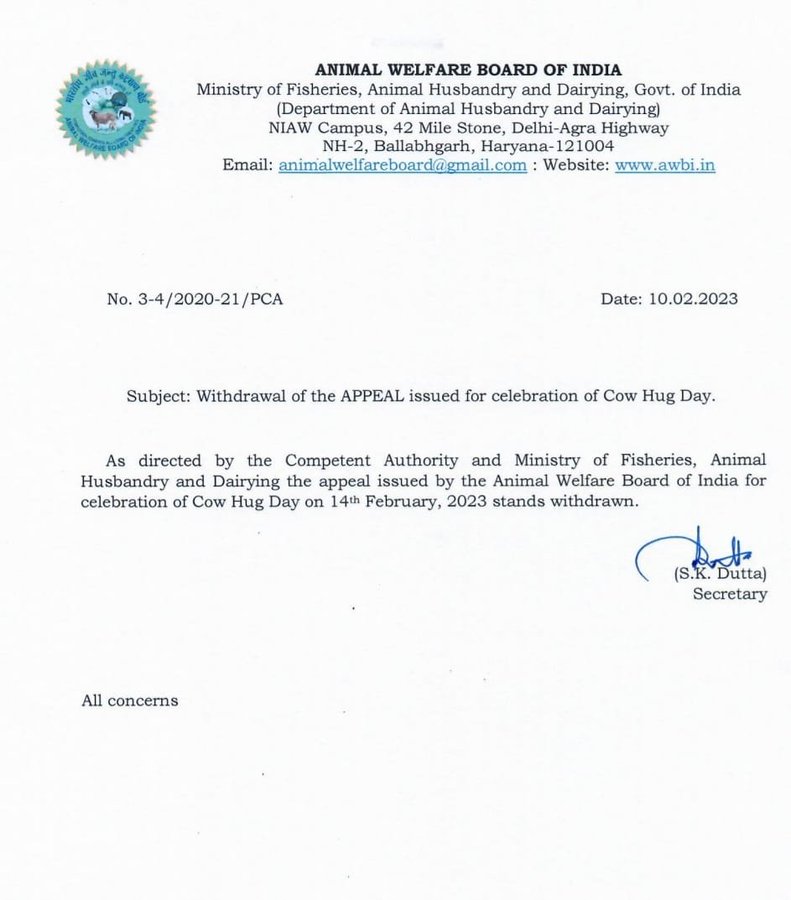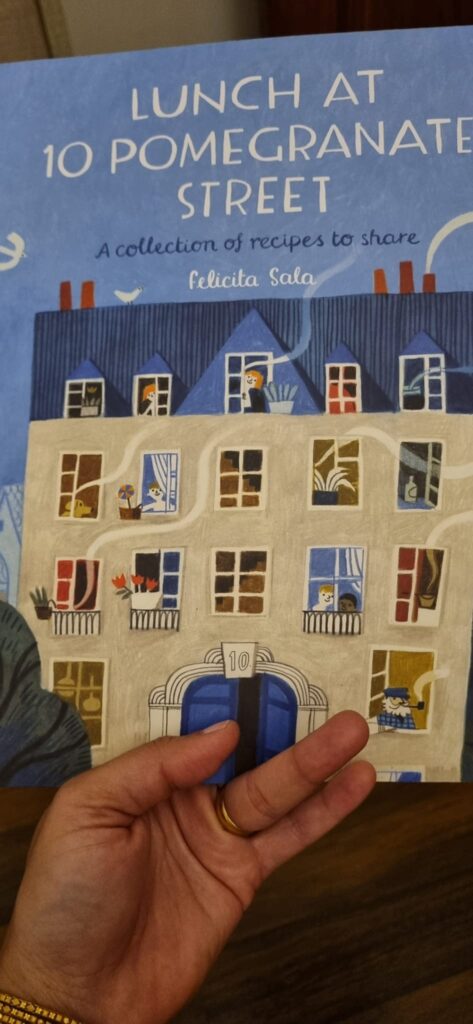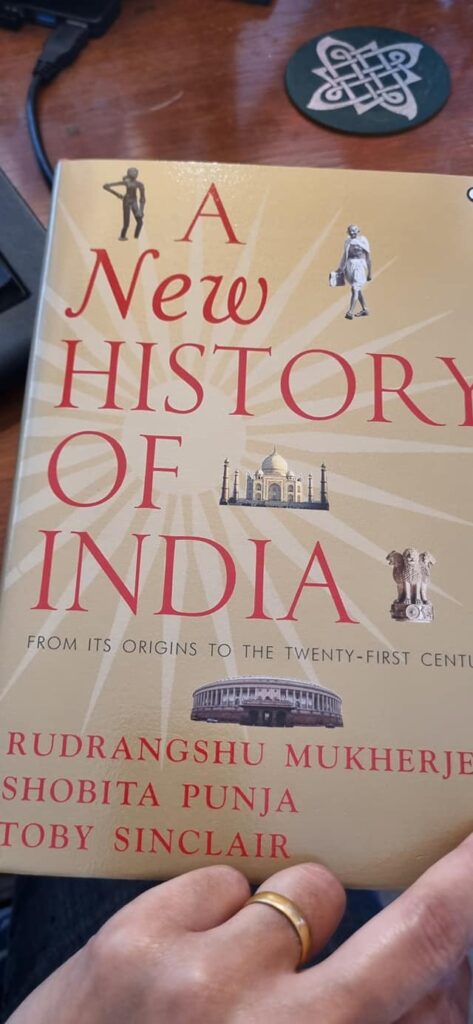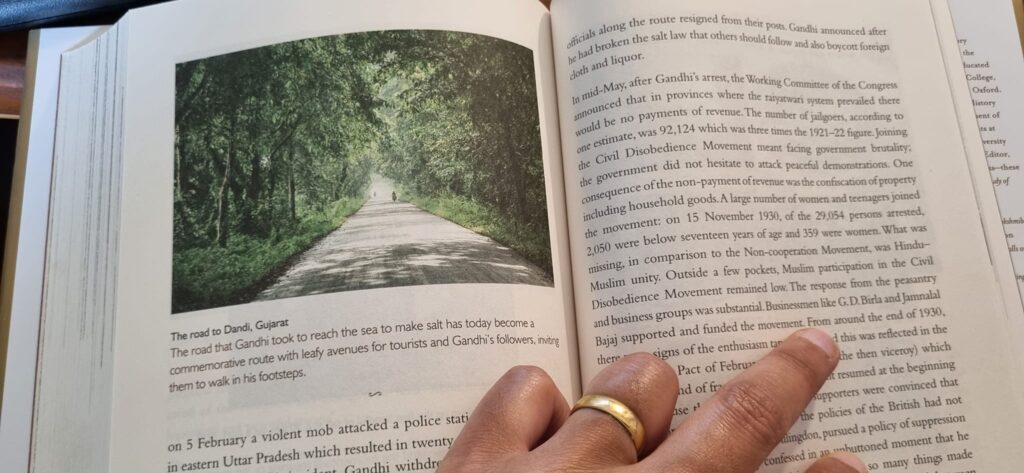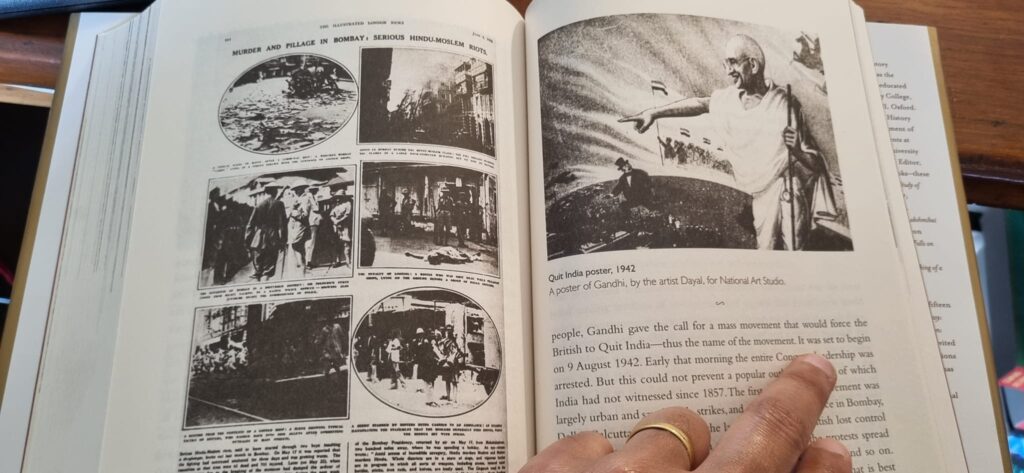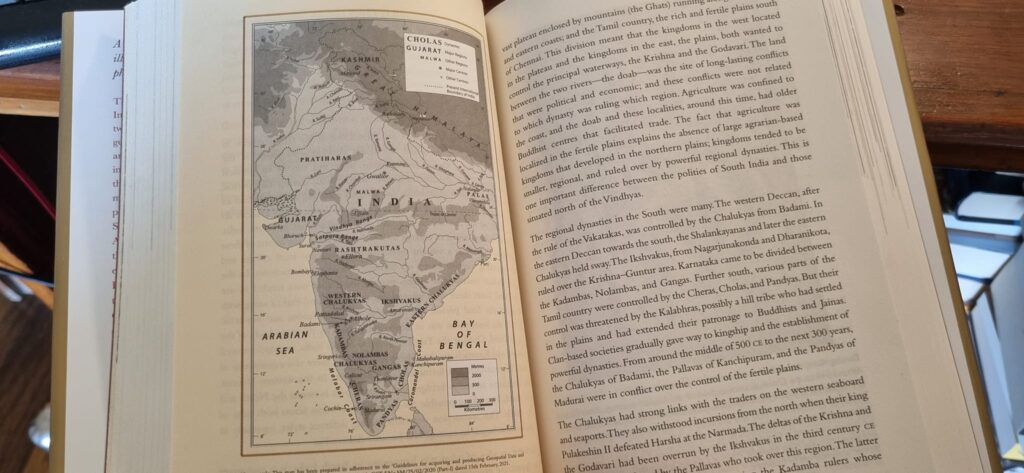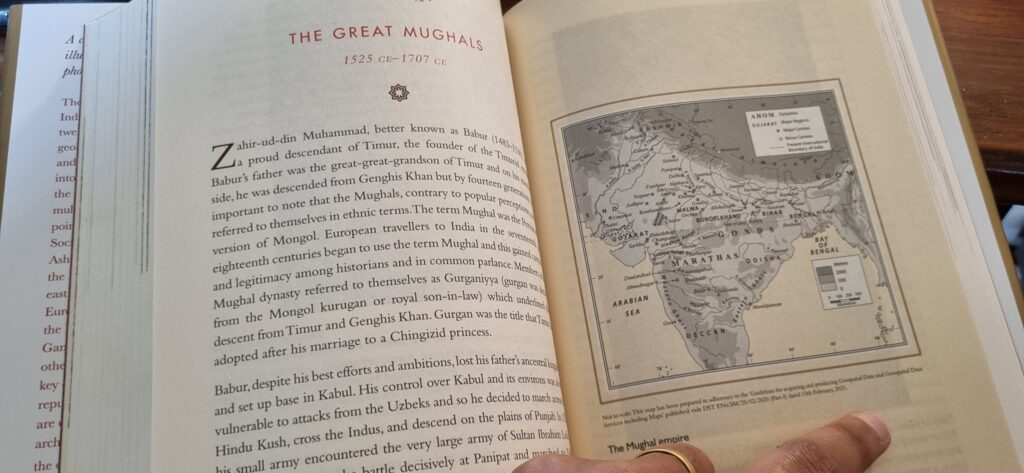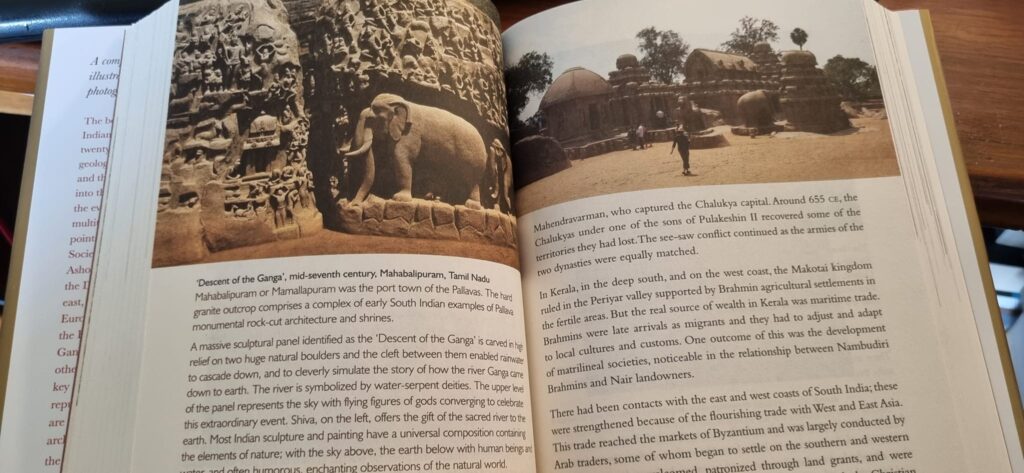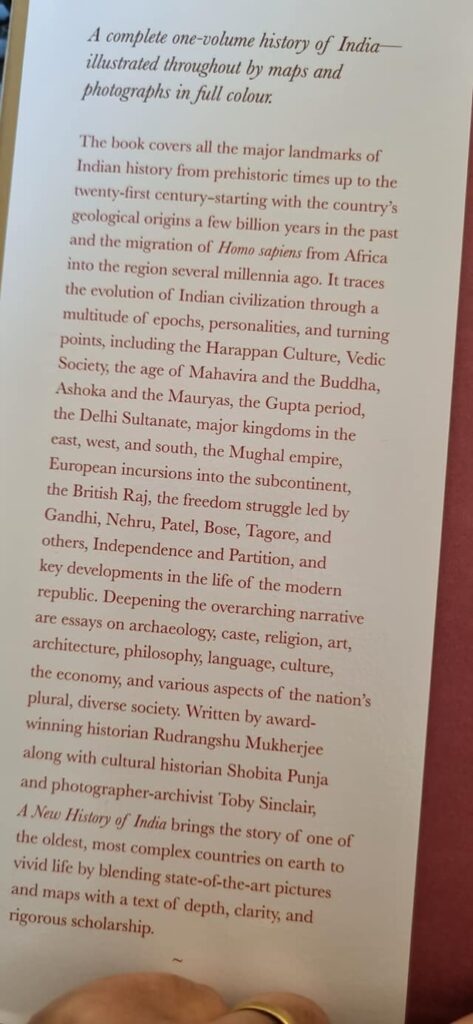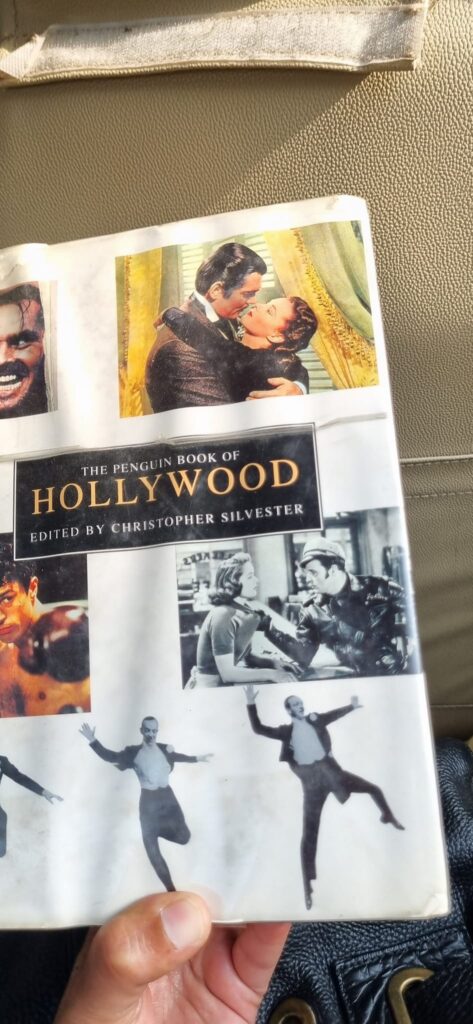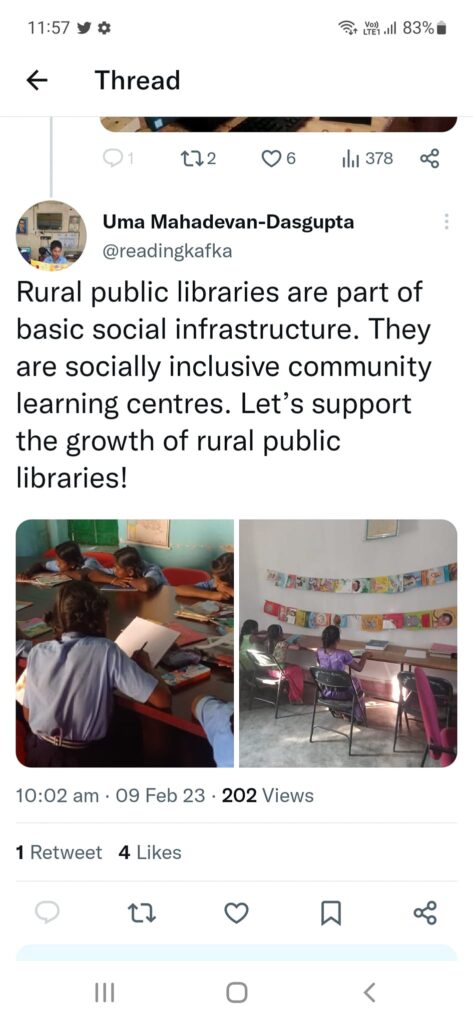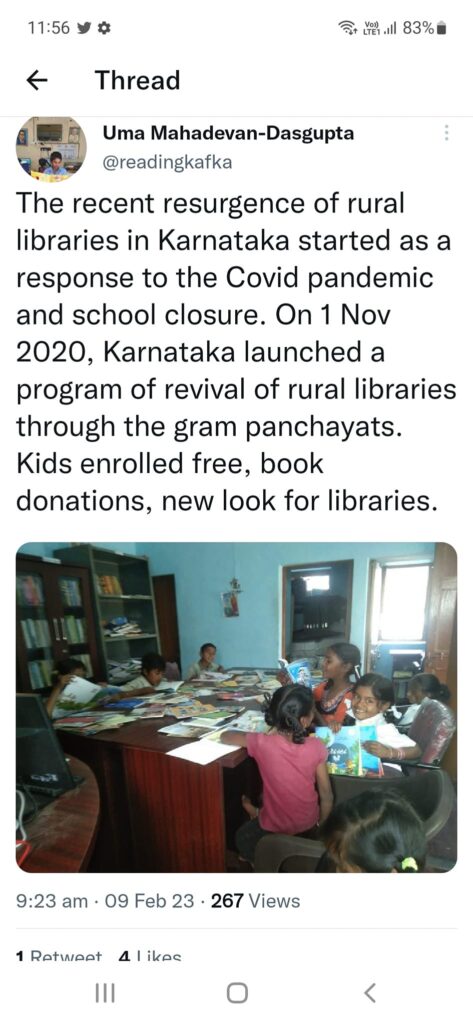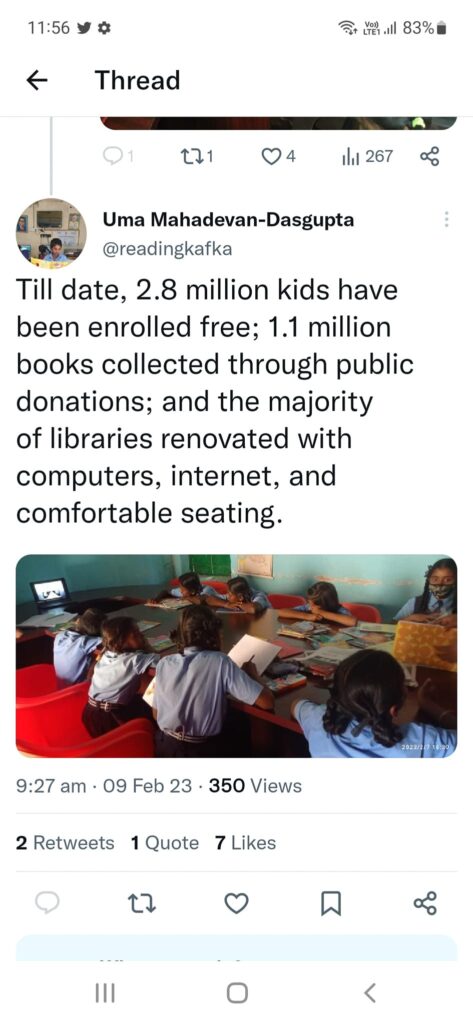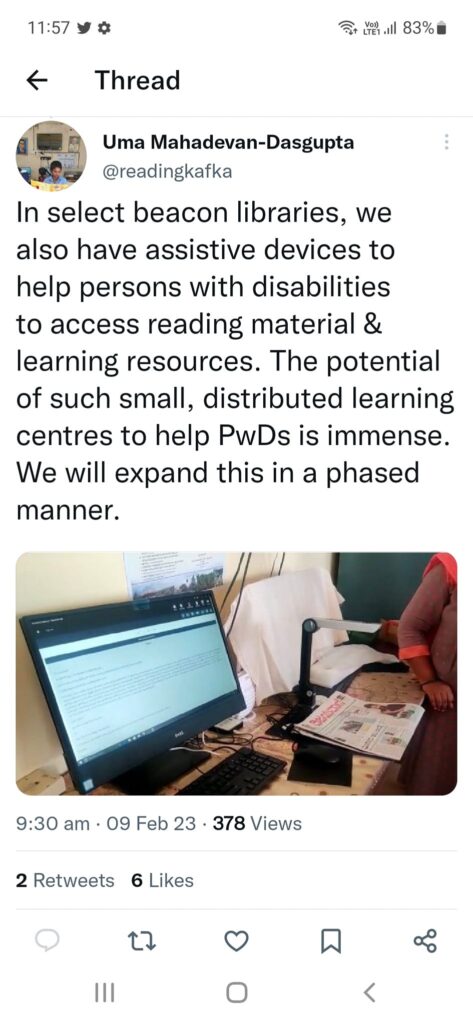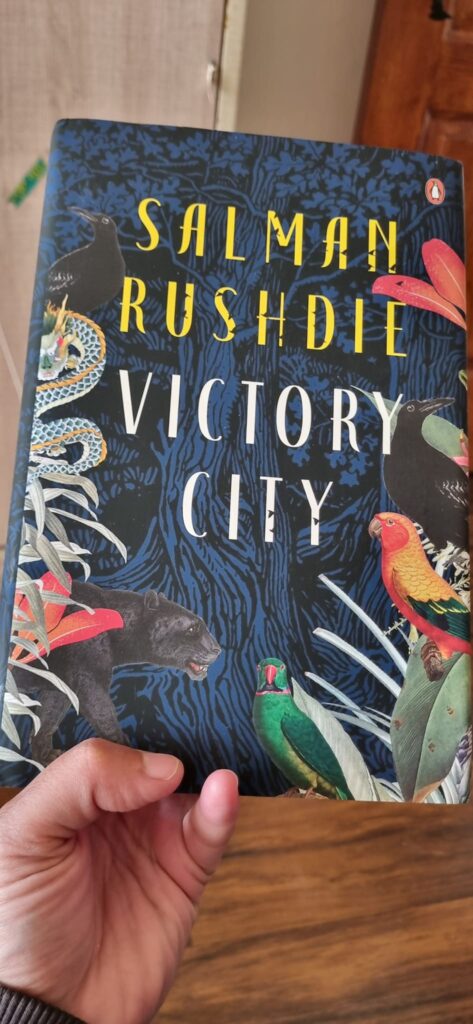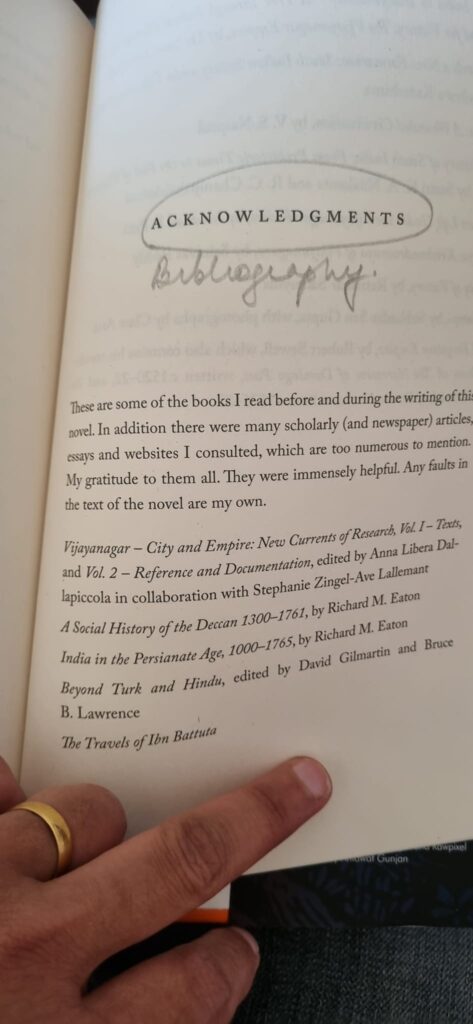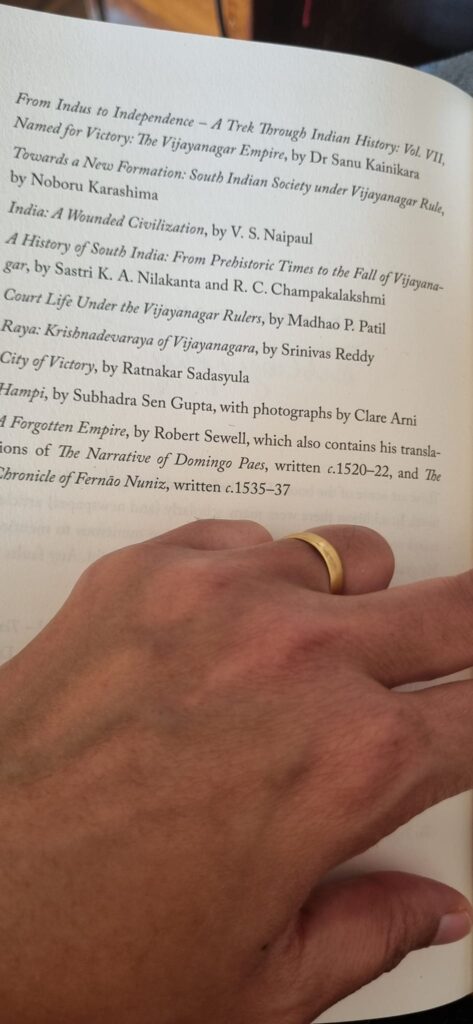“Chokepoint Capitalism” by Rebecca Gilrow and Cory Doctorow
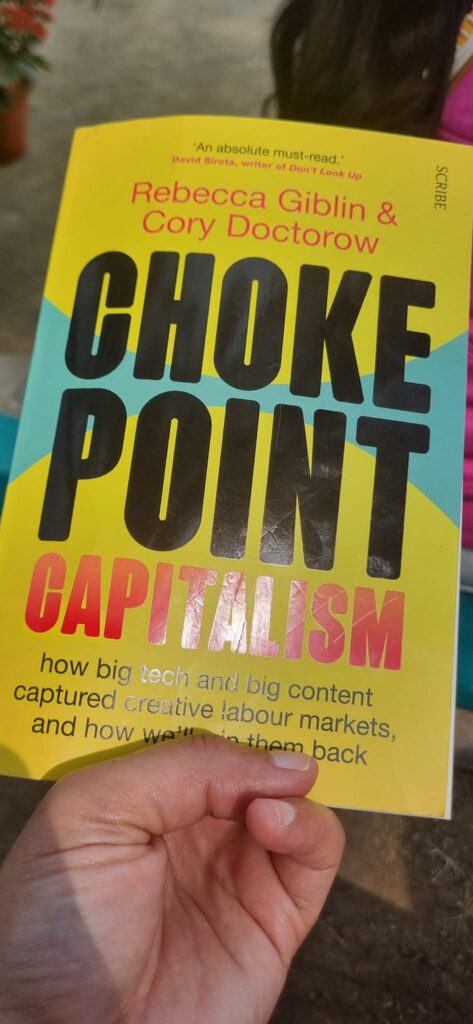
Chokepoint Capitalism: How big tech and big content captured creative labour markets, and how we’ll win them back by Rebecca Giblon and Cory Doctorow (Scribe Publications) is a must read. Whether you are a digital entrepreneur or a service provider or an employee, or a digital creator and a consumer, this is an essential read. It is incredible on every page, so many pennies drop in understanding the digital world we inhabit. The commercials, the hungry desire of many “digital entrepreneurs” in providing platforms for users, supposedly enabling the creative workers to use these for their individual expression, but the platform owners having the first mover advantage / exploit to use the massive volume of IPR being created in multiple ways. The authors prefer to dwell upon the hourglass-shaped markets, “with customers paying money at one end, suppliers and workers creating value at the other, and a small number of predatory rentiers controlling access in the middle. Creators earn little from the culture they produce not because of platforms per se — even if tech platforms are the major culprits right now — but because their supply chains are colonial by powerful corporations who co-opt most of its value.”
The authors discuss in detail in the first section if the book how big business captured culture, how Amazon took over books, how news got broken, why streaming doesn’t pay, why Spotify wants you to rely on playlists, why seven thousand Hollywood writers fired their agents, why Fortnite sued Apple and about YouTube chokepoints. The second section is entitled “braking anticompetitive wheels” with chapters on ideas lying around, transparency rights, collective action, time limits on copyright contracts, radical interoperability, minimum wages for creative work, collective ownership and uniting against chokepoint capitalism.
Read this book. Use it. Take it to heart. This is one of those big idea books that will appeal to many and will make many creative workers think. Remember content is the oil of the twenty-first century. Sobering thought when digital entrepreneurs realise that there is economic opportunity in every deep dive on the net; it is to the tune of a minimum $1 billion.

